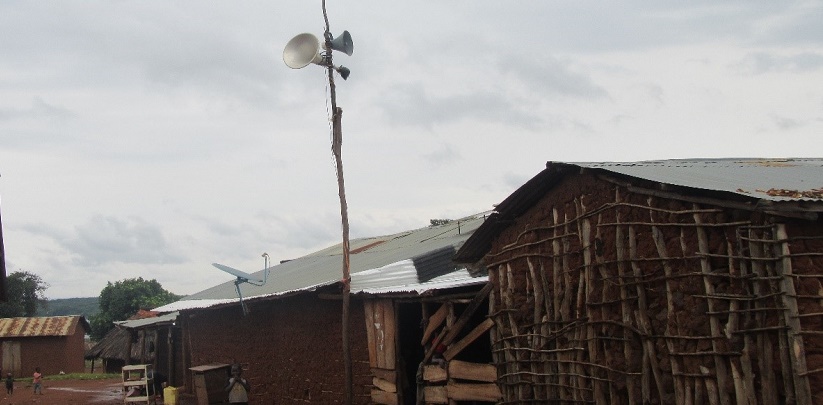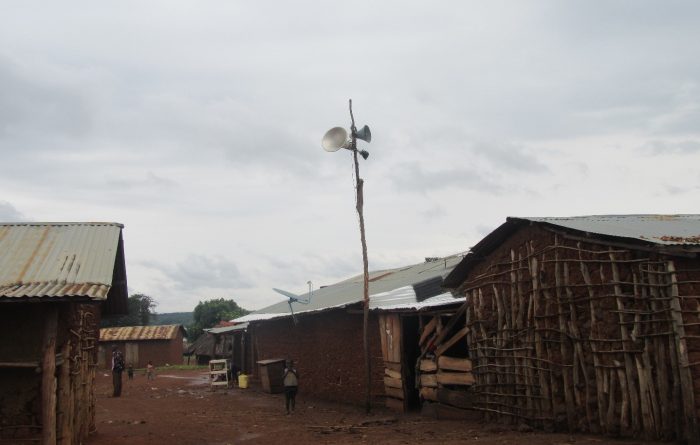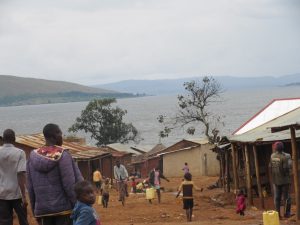

Sexual and Gender Based Violence (SGBV), especially against women, remains a global and national public health problem with health consequences and effects on productivity and quality of life. Movement restrictions imposed to curb the spread of COVID-19, have further heightened SGBV as many vulnerable people are confined with their abusers.
Mayuge district lies in one of the poorest regions in the country where 26.1% of women and 9.2% of men reported having ever experienced sexual violence, according to the 2016 Uganda Demographic and Health Survey. Makerere University School of Public Health SGBV Project introduced community health clubs (CHCs) in the district in October 2019 with the aim to reduce SGBV. Similar clubs have previously been used in Uganda and elsewhere to improve sanitation and hygiene. The project is therefore testing the effectiveness of CHCs in addressing SGBV in the district.
One club was formed in each of the four participating villages, comprising 10 men and 10 women volunteers from the community. These club members were educated about SGBV and how to respond to it in the community. They now serve as ambassadors raising awareness about SGBV and linking victims to psychosocial, medical and legal support services.
The activities of clubs include holding meetings to identify and prioritize areas of action, door-to-door sensitizations, as well as responding to specific cases of SGBV in the community and referring victims to the necessary support services. They also hold village meetings where they educate other community members about how to prevent SGBV through educative music and drama.
However, with the COVID-19 restrictions on social gatherings, most of their sensitization activities can no longer be held. As such, club members have had to find innovative ways of continuing to provide the much-needed SGBV-related education. Some of the CHCs, like Nakalanga CHC, have resorted to using outdoor community radios to engage their respective communities.
Community radios are communication structures owned and run by the communities they serve. They are used to facilitate communication and education in isolated rural communities with high illiteracy levels and little access to information. They allow free flow of information and for community members to participate in decision making.
Nakalanga is a fishing village on the shores of L. Victoria. The outdoor community radio in this village is situated in the trading center. It is privately owned, but community members can pay to air their adverts and announcements on it. The adverts on the radio can be heard across two villages and even reach those who may be on the lake fishing nearby.

Community health club members in Nakalanga use this radio to educate community members about SGBV. Every Sunday between 5:30 p.m. and 6:00 p.m., a club member educates the community about SGBV and how to prevent it during the lockdown. During the session, the club member also shares with the community about where the CHC members reside in the village, in case any of them need their help. Community members are also given an opportunity to call in during the session to ask questions which the presenter of the day then responds to.
This engagement, that is initiated by community members, allows information to be shared in a manner and language that the community understands and relates to. Similarly, because these club members are part of the community and understand their way of life, they are able to identify days and times for broadcast when community members are most likely to be at home to increase the reach of the messages.
Broadcasts on this radio are however not free, and club members pay a fee of 5000 Uganda shillings for every session they hold. In some parts of the country, Uganda Communication Commission is also shutting down some of the outdoor community radios because of noise pollution and airing unregulated programs. To avoid having their program interrupted, club members are working with their local leaders to ensure that their messages remain educative and in line with government programs.
Nakalanga CHC members believe the community radio is so far a good way to reach the community members now that they cannot move door-to-door or hold any sort of community gatherings. Because of this radio and its wide reach, they are even getting members from neighboring villages coming to seek help from them regarding matters of SGBV.
In this COVID-19 period where physical distancing is being emphasized, community radios can be a great way to pass on public health information while observing physical distancing. Implementation of the SGBV Project is still on-going, and at the end of the project, the team will share lessons about the effectiveness of the intervention. Nonetheless, in communities where outdoor community radios exist, their potential to be used to provide information, communication and education on SGBV and other public health issues should be explored
